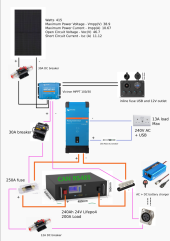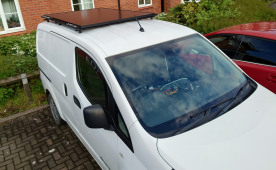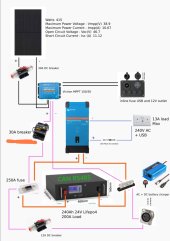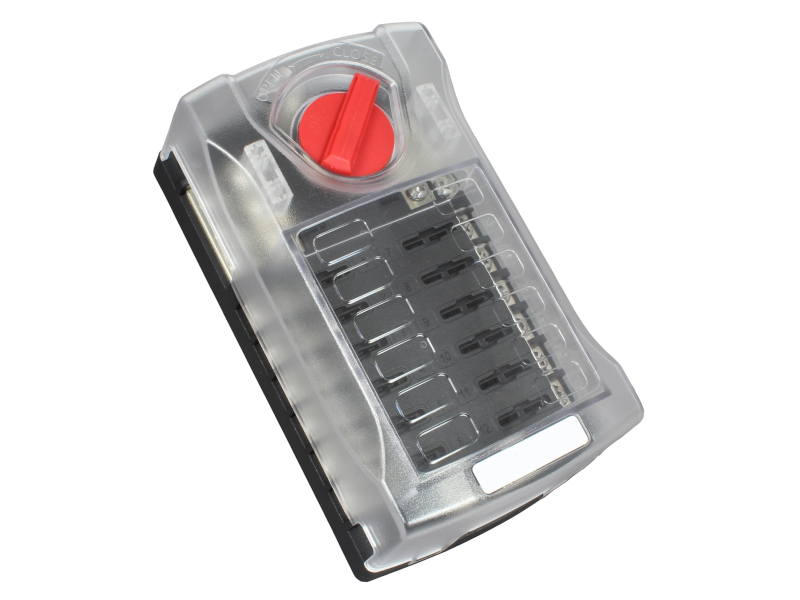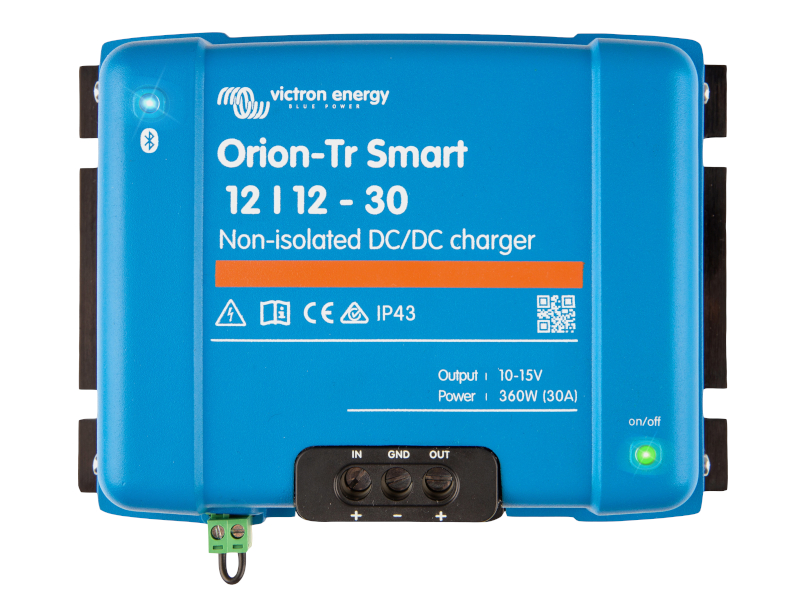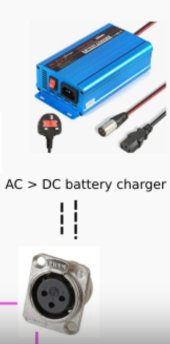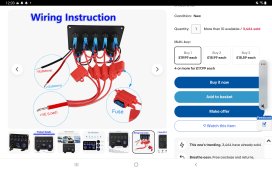Hi gang,
I wanted to double check with your far more knowlegeable eyes this set up I want to build for my Nissan e-nv200 camper van.
It is centered around this large rack battery and a single 415W panel taking up the entire roof section of this small van.
I have only mounted the panel now and gathered the main components of the buil;d such as the inverter and the mppt.
NB: the inverter will need to be mounted above the battery due to space constraints. It will be seperated by a non flammable board and encased in a heat tolerant wooden box.
So yeah, does this seem ok?
I wanted to double check with your far more knowlegeable eyes this set up I want to build for my Nissan e-nv200 camper van.
It is centered around this large rack battery and a single 415W panel taking up the entire roof section of this small van.
I have only mounted the panel now and gathered the main components of the buil;d such as the inverter and the mppt.
NB: the inverter will need to be mounted above the battery due to space constraints. It will be seperated by a non flammable board and encased in a heat tolerant wooden box.
So yeah, does this seem ok?



